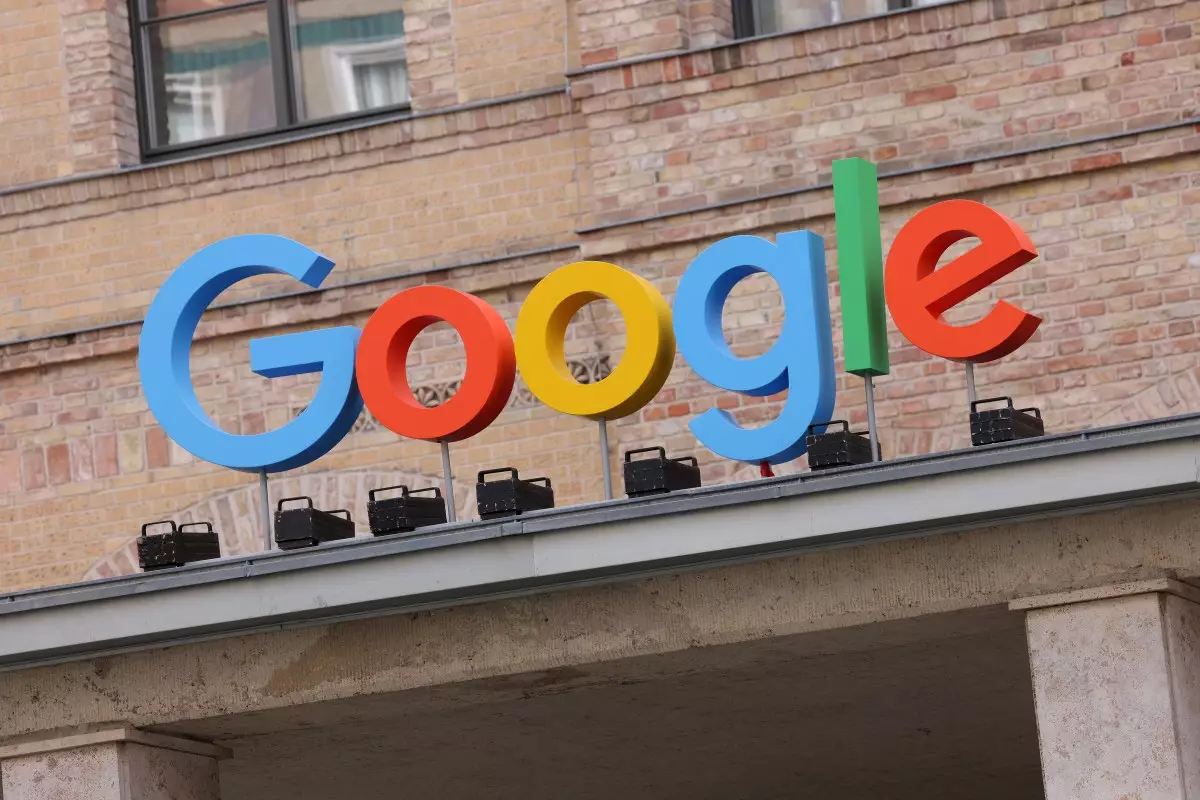In an audacious move aimed at expanding its ecosystem, Google recently unveiled a premium tier of its Google Developer Program, following the success of its free version. As the tech giant continues to dominate the cloud services space, this shift raises critical questions about the implications for developers and the competitive landscape in which they operate.
Launched in June, the Google Developer Program had quickly attracted a considerable number of developers, signaling a clear demand for such resources. However, the introduction of a paid option, available at $299 per year, marks a significant pivot in Google’s approach. Along with essential tools and documentation available in the free tier, the premium membership provides additional benefits such as personalized consultations with Google Cloud experts, access to e-learning platforms via Google Cloud Skills Boost, annual cloud credits, and free certification vouchers. Notably, these offerings position Google strategically against its main competitors, Amazon Web Services (AWS) and Microsoft Azure, which have not yet rolled out a similarly tailored individual developer plan.
The premium membership promises a solid ROI for dedicated developers who can leverage its advantages. The $500 in annual Google Cloud credits, especially, is likely to catch the eye of many. Furthermore, being able to gain insights from Google experts can elevate developers’ skill sets and project outcomes significantly. This potential is paramount in an environment where talent is continually under pressure to evolve in alignment with rapidly advancing technology.
However, this new model could alienate portions of the developer community. Some may perceive the gating of features behind a paywall as a betrayal of the initial promise made by Google regarding the accessibility of resources. Many devs might have invested their time and energy into the free tier, making it disheartening to see a pay tier emerge without prior warning. As Google had previously stated intentions to enhance the standard program without introducing costs, this move raises eyebrows and concerns about transparency from the tech titan.
A noteworthy factor is the geographical restriction around the premium membership, particularly for customers in the European Economic Region, the U.K., and Switzerland, where it is only available for business or professional use. This limitation can create significant barriers for individual developers in these regions, overshadowing the inclusive goals that originally characterized Google’s philosophy towards its developer community. The omission of personal use access could stifle innovation and learning for many hobbyists and aspiring developers who are unable to afford the premium tier.
As Google’s cloud services continue to thrive—with a reported 35% year-over-year growth in the latest fiscal quarter—this premium offering may cement the company’s standing in a fiercely competitive landscape. Despite being smaller in size than AWS and Azure, Google’s aggressive expansion through targeted programs such as this can attract a loyal developer base. However, developers’ willingness to engage financially with Google hinges on perceived value; if the promise of groundbreaking tools fails to materialize adequately in the premium tier, it could lead to disenchantment and disengagement.
Google’s introduction of a premium tier for its Developer Program is undeniably a strategic move, aimed at expanding its influence in the developer realm. While the additional resources and support can offer invaluable opportunities for many, the policy changes provoke legitimate concerns about accessibility and the company’s commitment to its core developer community. As developers navigate this evolving landscape, it remains to be seen whether Google’s careful balance between monetization and community support can stand the test of time, especially in an industry that thrives on collaboration and shared innovation. The real question lies in how effectively Google can harness this new path without losing the essence of what made its programs appealing in the first place.

